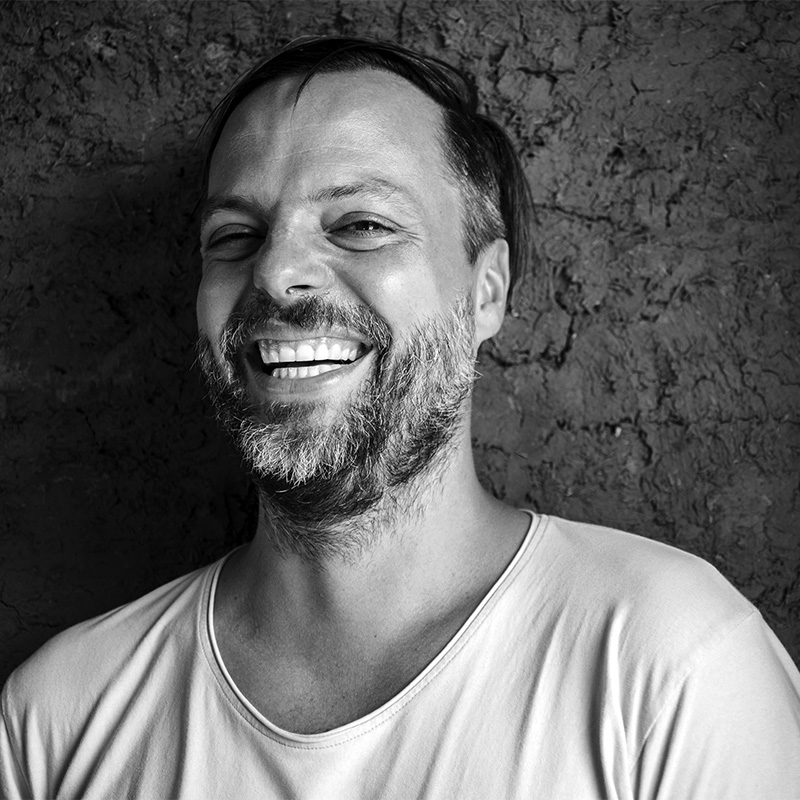In Conversation with Jan Glasmeier
April 20, 2021
Leonardo Da Vinci said, “Simplicity is the ultimate sophistication”.
In today’s world of increasingly advanced technologies and seemingly complex algorithms, keeping things simple could ironically turn out to be difficult. When it comes to architecture, glass and steel skyscrapers and towers do not seem to be slowing down, but rather spurred on by technological advancement.
As is often the case with technology, people expect the end results to be grand and voluminous with bells and whistles. And so, such expectations drive demand, and the cycle goes on, resulting in an endless pursuit of fantastical constructions and the resulting depletion of Earth’s resources required to build them.
Jan Glasmeier of Simple.Architecture is among a handful of architects who believe in keeping things simple. That the art and science of designing buildings and spaces should be first and foremost about the locality of the project—the local community; its needs and wants; accessibility; and the use of local, natural materials. He has participated in numerous building projects and workshops around Southeast Asia, especially in Thailand. Now back in London, Glasmeier continues to teach and seeks to do more pro-bono projects in Asia once it is possible to do so.

CL: You have worked in Singapore before.
JG: Yes, I did. I think I arrived in August 2010, and then I left during the first week of 2012. I was sent here by Arup Associates, an architectural firm in London. I don’t think Arup Sport exists anymore in its original form and is now part of Arup Associates.
In Singapore, Arup is mainly an engineering company, where there is only a very small branch of architects. Within that small branch of architects, there’s an even smaller branch of sports architects that won the National Sports Hub competition back in 2010, I believe. Arup Singapore is working on all the MRT lines and tunnel systems and it was also involved in the Marina Bay Sands project. We came in as architects from the London branch working together with engineers from the same company on the same project, which can often result in a conflict of interest. But then after one and a half years, we were slowly sort of transitioning out and DP Architects took over everything.
CL: It’s like this with megaprojects. You never know where something ends and something begins.
JG: That’s exactly right. That’s why I’ve actually stopped working for corporate architecture firms, because it became very frustrating for me. It was a great experience to work on such a megaproject, but I also felt that a lot of things were really wrong. As mentioned, we were brought in from the U.K. team; we were on expat salaries and we were treated like expats within the company. We were all working on local 18-month contracts, but when you worked with local people and realised that their average salary is a third of what we were making, I felt pretty bad. Anyhow, it was a great experience. My wife and I really love Singapore. We stayed in a very local area. That was also very important to us. We stayed in Eunos, in one of the HDB flats. Yeah, it was actually really cool. It was on a 24th floor or something, huge apartment, with a local feel, and a hawker centre right down by the street. I’ve been back a few times to visit, and also for work.

Photo by Franc Pallares Lopez
To read the complete article, get your hardcopy at our online shop/newsstands/major bookstores; subscribe to FuturArc or download the FuturArc App to read the issues!
Previously Published In Conversation
Contact us at https://www.futurarc.com/contact-us for older interviews.
